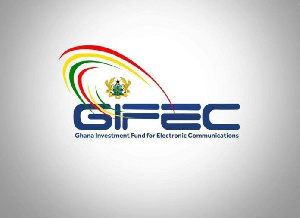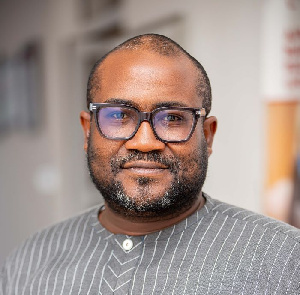Business News of Wednesday, 15 June 2022
Source: GNA
GIFEC pledges more rural telephony network
The government through the Ghana Investment Fund for Electronic Communications (GIFEC), has constructed more than 2,416 rural telephone sites from 2017 to June 2022, Prince Ofosu Sefah, the Administrator of GIFEC has stated.
According to him, in 2022 alone, the government has committed to constructing more than 1,000 rural telephone sites under the Rural Telephony Project (TAP).
Mr Sefah disclosed this to the Ghana News Agency after inspecting some six telephone sites in the Assin North District of the Central Region.
The beneficiary communities include Ayiteykrom, Wawase, Kwasi-Adu, Senkyiam, Afransi and Atwereboanda.
Elated by the progress of work on various sites, he guaranteed GIFEC's resolve to expand rural telephony as part of the ongoing TAP and Digital Inclusion Projects being spearheaded by the government to ensure digital inclusion regardless of one's location.
The ultimate objective of the project is to achieve mobile telephone service coverage throughout the country, and also to increase telephone subscribership to as many citizens as possible.
"As part of a grand scheme by the government to extend basic telephone voice and data connectivity to every part of the country, the first rural telephony project to help achieve that was launched at Atwereboana, and New Edubiase in the Ashanti Region in November 2020.
"Known as the Ghana Rural Telephony and Digital Inclusion, the €155 million-project is being implemented by the GIFEC under the auspices of the Ministry of Communications is aimed at promoting digital inclusion in the country," he said.
The project required the installation and operation of appropriate network and infrastructure although the precise configurations for each location and technology-neutral and determined on a case-by-case basis.
The criteria for the site selection and implementation of the RTP project according to him, include a formal request by the communities and villages with no existing services from the operators, areas where Mobile Network Operators (MNO), would ordinarily not go but needed connectivity and therefore requested through relevant stakeholders.
According to him, network accessibility had become a necessity of life in the 21st century, adding that the government was poised to ensure that all Ghanaians, no matter where they lived, had access to basic voice and data connectivity.
He said about 30 per cent of Ghana’s population lived in rural areas, with little or no access to information and communications technology (ICT) services, hence widening the digital divide which was being addressed.











